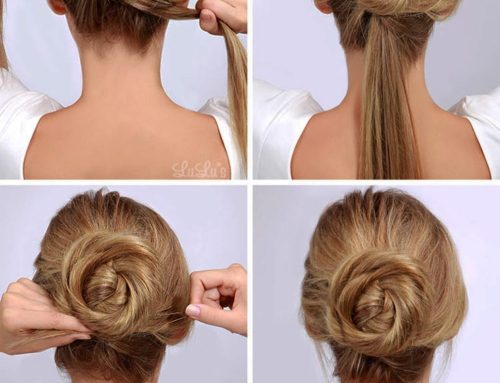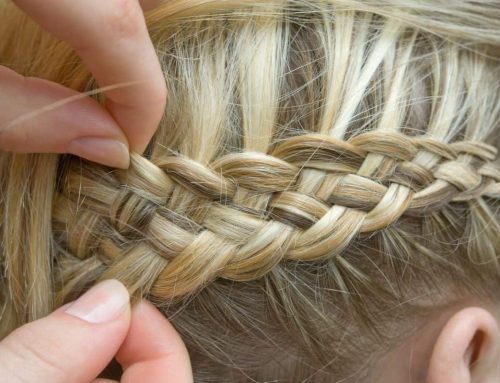Lace front wigs have revolutionized the beauty and hair industry, offering a blend of versatility, realism, and style that’s unmatched. These wigs, known for their ability to create a flawless hairline, have been a game-changer, particularly for those seeking a natural look or dealing with hair loss. Curly hair specialist Jasmin Todd, with her extensive experience in styling and maintaining natural curls, emphasizes the transformative power of a well-constructed lace front wig. This guide, drawing on her insights, aims to navigate the complexities of selecting, customizing, and maintaining lace front wigs.
Preparing Your Lace Front Wig
A. Measuring for Precision
Accurate head measurements are the cornerstone of a well-fitting wig. Begin by wrapping a cloth tape measure around your head, starting at your hairline, moving around the back of your head, and returning to the front. Adjustments might be necessary for unique hairlines or alopecia conditions, ensuring the wig fits snugly without discomfort.
B. Pattern Making
Creating a precise pattern is essential for a custom fit. Use a thin, flexible plastic wrap to cover the head, securing it with clear tape. This mock-up, once removed, serves as the blueprint for your wig, helping in the lace attachment process.
C. Lace Preparation and Attachment
Choosing the right lace material is crucial for both realism and durability. Swiss lace, known for its delicacy and natural look, is favored for its invisibility along the hairline. This section will guide you through cutting the lace to match your pattern and securely attaching it to the wig cap, ensuring it blends seamlessly with the scalp.
D. Hairline Creation and Ventilation
A realistic hairline breathes life into a lace front wig. This involves ventilating—tying individual hair strands to the lace—with a specialized needle. The process, though meticulous, allows for a density gradient mimicking natural hair growth, resulting in an undetectable hairline.
Customizing Your Wig for a Natural Look
A. Cutting the Lace
Trimming the lace requires precision; too much can expose the wig cap, while too little can make the lace visible. A light hand and sharp scissors will create a natural transition from lace to skin.
B. Plucking and Thinning the Hairline
To avoid an unnaturally dense hairline, plucking is essential. By selectively removing hairs, you create a gradient that mimics natural hair growth patterns. Incorporating baby hairs further enhances the wig’s realism, softening the transition from forehead to hairline.
Applying the Wig with Precision
A. Skin Preparation
Preparing the skin is pivotal for a secure and protective wig application. Cleansing the forehead area with a gentle cleanser followed by a scalp protector shields the skin from potential irritation caused by adhesives.
B. Secure Attachment
Whether choosing liquid adhesives or wig tape, the key is a secure yet comfortable attachment. This section explores application techniques, ensuring the wig remains in place throughout the day without damaging the skin or hair underneath.
Maintenance and Styling Tips
A. Routine Care
Regular maintenance extends the life of your lace front wig. Gentle cleansing, proper drying, and safe storage practices keep the wig looking fresh and vibrant.
B. Styling Without Damage
Styling lace front wigs without compromising their integrity involves using low heat settings and wig-friendly products. This ensures the wig remains stylish and undamaged over time.
Advanced Customization Techniques
A. Dyeing and Coloring
For those seeking to personalize their wig further, dyeing offers an avenue for creativity. Whether aiming for subtle highlights or a bold transformation, selecting the right dye and applying it carefully ensures the lace remains intact.
B. Repair and Restoration
Even with meticulous care, lace front wigs may show signs of wear. This segment covers DIY repair techniques for tears and thinning areas, ensuring your investment stands the test of time.
Expert Q&A with Jasmin Todd
Drawing on years of experience, Jasmin Todd addresses common questions, offering professional advice tailored to managing lace front wigs across various hair types and styles.
Conclusion
A well-crafted lace front wig is more than a beauty accessory; it’s a vessel for self-expression and confidence. By embracing the detailed craft of wig making and maintenance, anyone can achieve a look that’s both natural and uniquely their own. Experimentation and personalization are encouraged—after all, the perfect lace front wig is one that reflects your individual style and grace.
Additional Topics to Consider
- Lifestyle and Wig Longevity: Understanding how daily activities influence your wig choice and care routines.
- Sustainability in Wig Production: Exploring eco-friendly options in wig crafting and materials.
- Cultural Significance and Trends: Recognizing lace front wigs’ impact on fashion and identity across cultures
.
- Historical Evolution: Tracing the journey of lace front wigs from their inception to modern-day prominence.
Embracing the art and science behind lace front wigs can transform not just how you look but how you feel about yourself. Whether for aesthetic enhancement, fashion, or hair loss solutions, lace front wigs offer a world of possibilities, blending seamlessly with natural beauty and individual style preferences.




